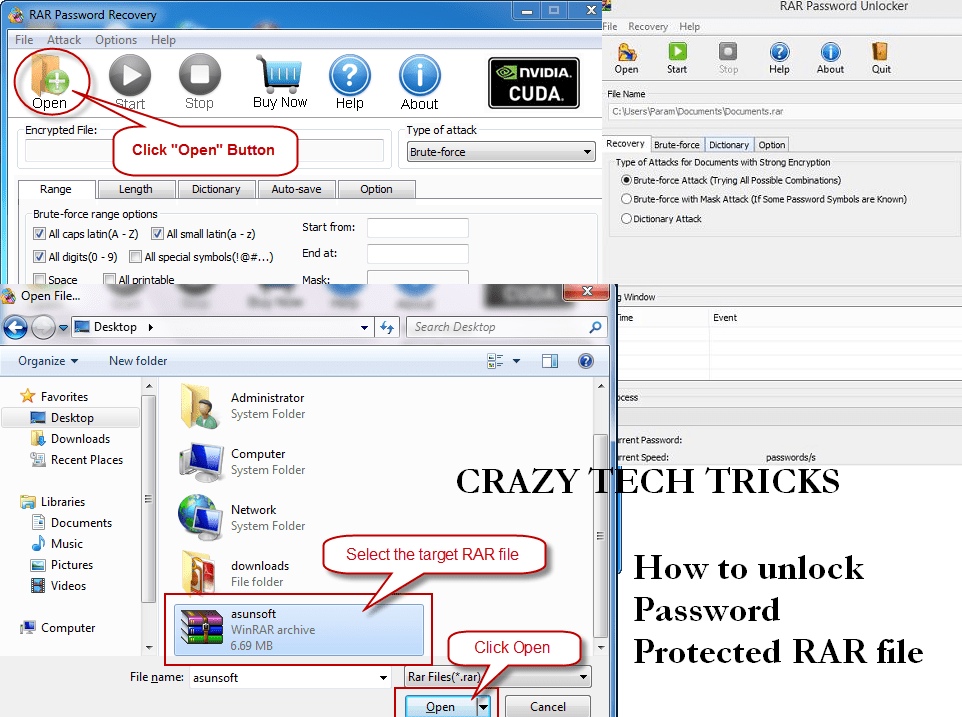

When a drive is locked through BitLocker, it is not possible to access the data on the drive without the correct password. It is a good idea to use BitLocker with a password you have never used elsewhere.

This is done in such a way that all data stored on the drive can only be accessed when using an authorized password. It does this by creating a virtual encrypted disk within the physical disk.

Click Create and “Format Hard Disk Partition” to open Disk Management.In this article, I will tell you how to lock your hard drive with a password using windows in-built feature BitLocker. Click Start and type “Disk Management” on the search bar. There are two steps to using BitLocker: set up a virtual disk and then enable BitLocker.ġ. Although BitLocker comes with the Pro and Enterprise editions only, it provides full-disk encryption for peace of mind. To resolve this issue, you need stronger protection, which you can get by enabling Windows’ BitLocker feature. The first method of password-protecting your files or folders isn’t strong enough because you need to remember to lock your account every time you’re away from your computer. It’s also important to note that this method isn’t for high-level security for your files or folders, but if you’re using a shared PC and don’t want other user accounts to access some files or folders, it’ll come in handy. Note: if you want, you can reverse the encryption by going back to Properties, opening Advanced Attributes and unchecking the “Encrypt contents to secure data box.”

This way, anyone else trying to access the file or folder will only see jumbled text instead of the actual contents of the file or folder, whether they’re accessing it from a different user account or removing your hard drive.Īfter the file or folder is encrypted, you can click Details next to the checkbox to view details about the available recovery procedures and encryption certificate. Once you’ve backed up the key, your file or folder is now secured with an encryption key tied to your Windows user account.


 0 kommentar(er)
0 kommentar(er)
